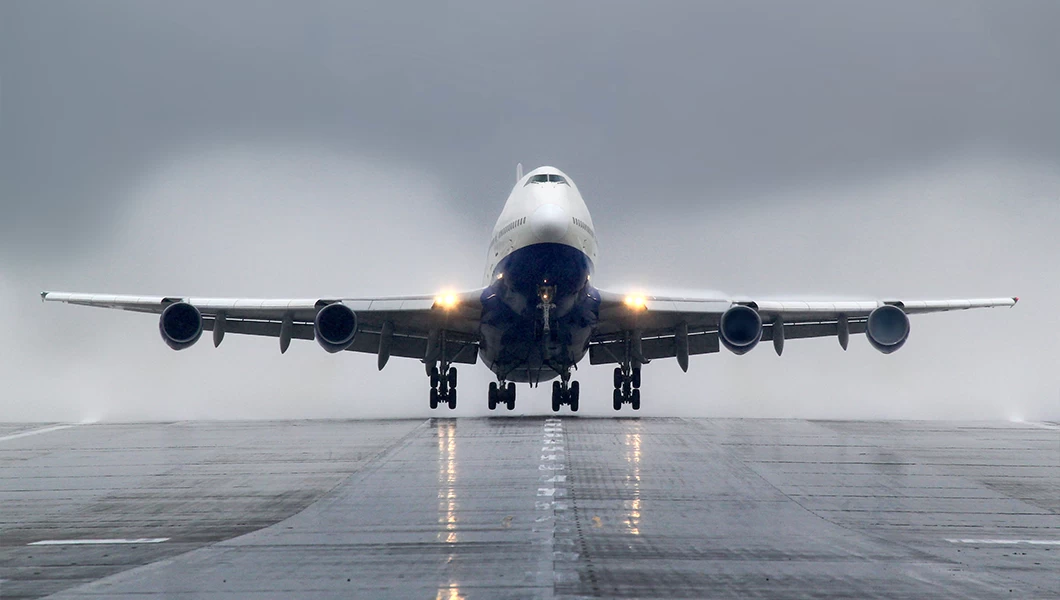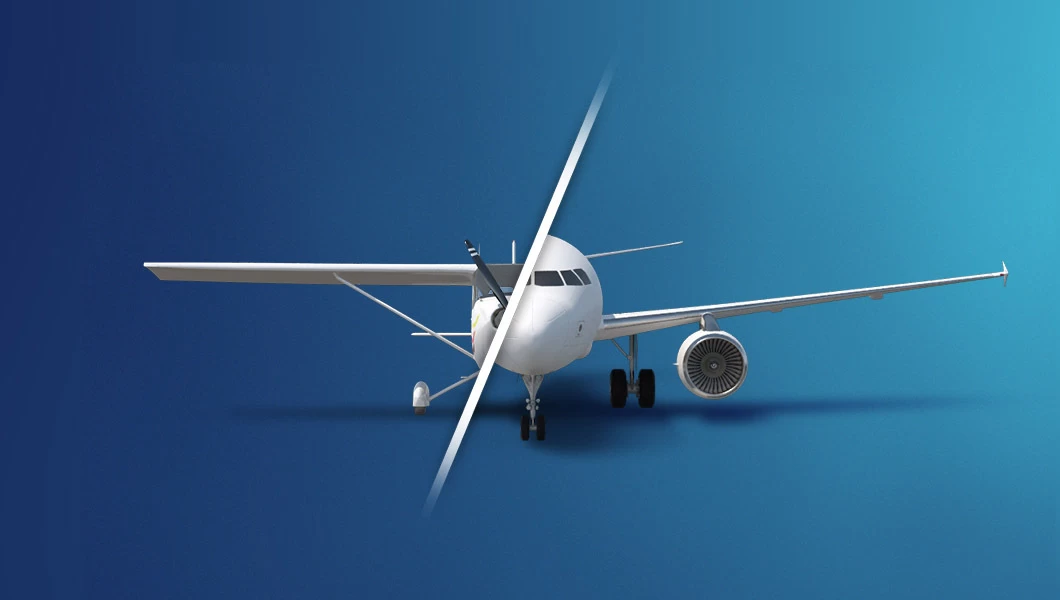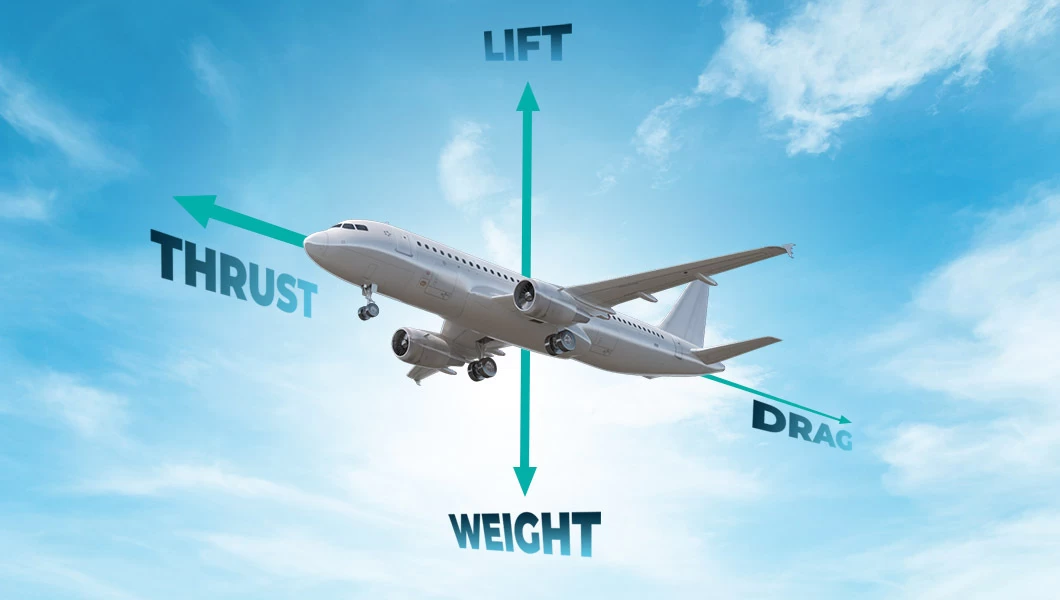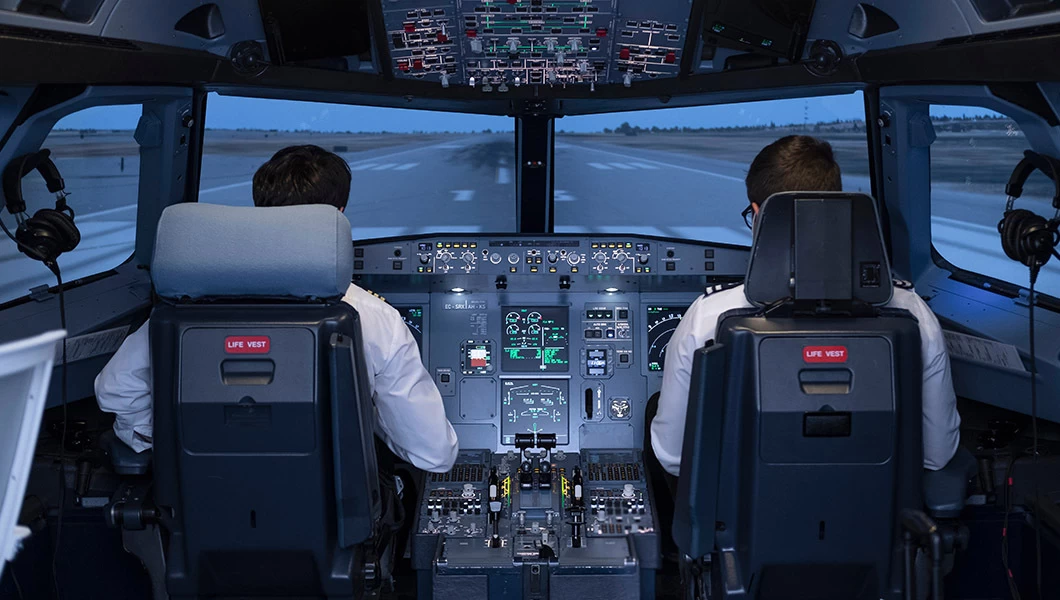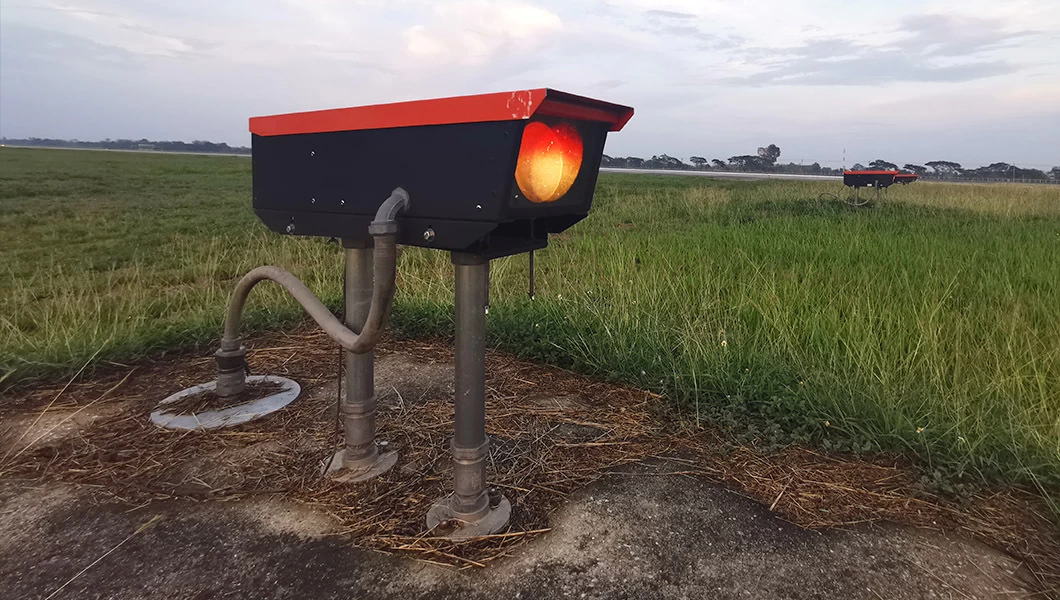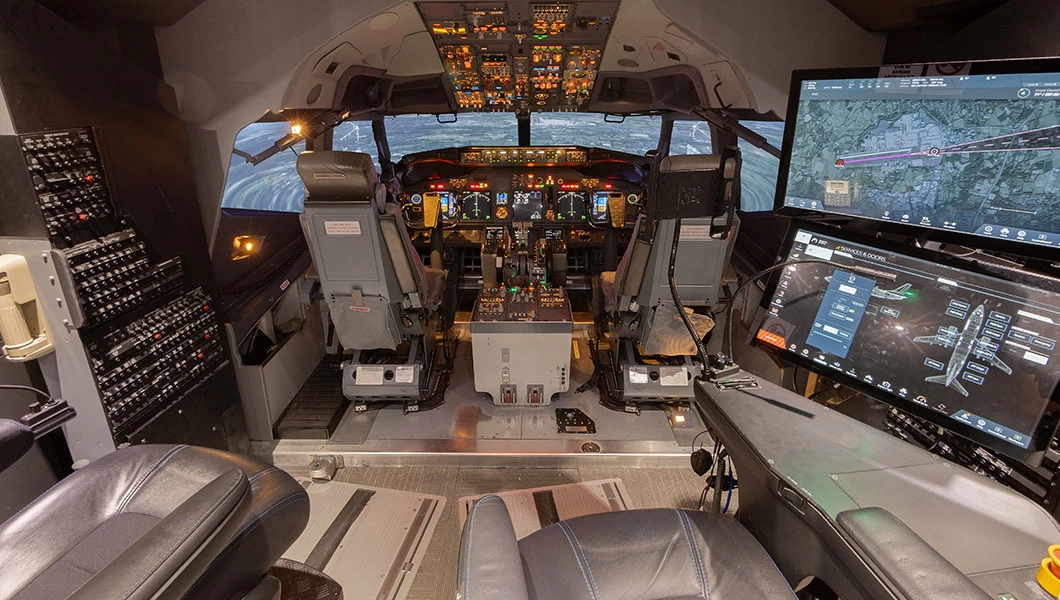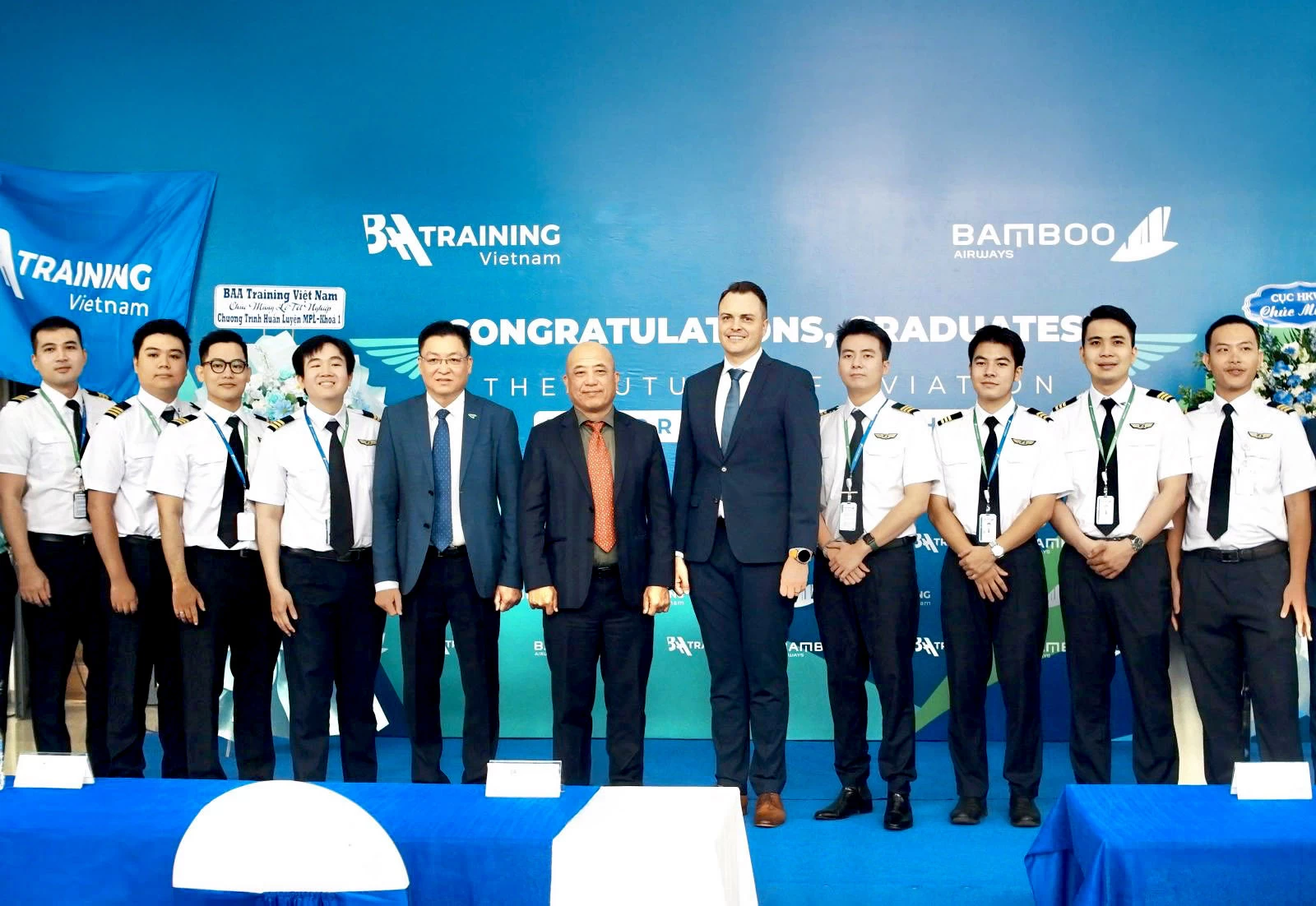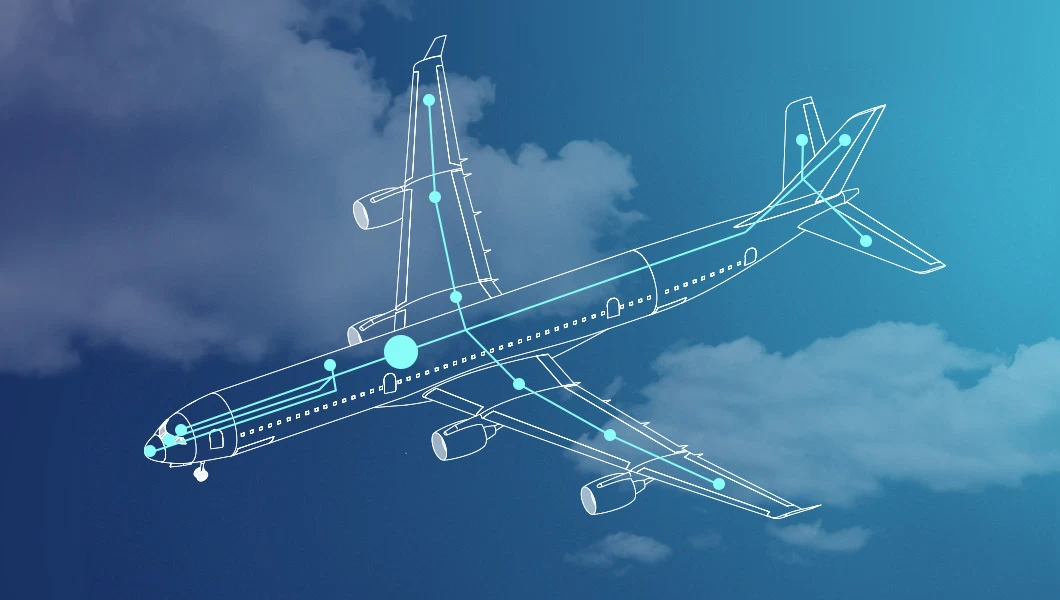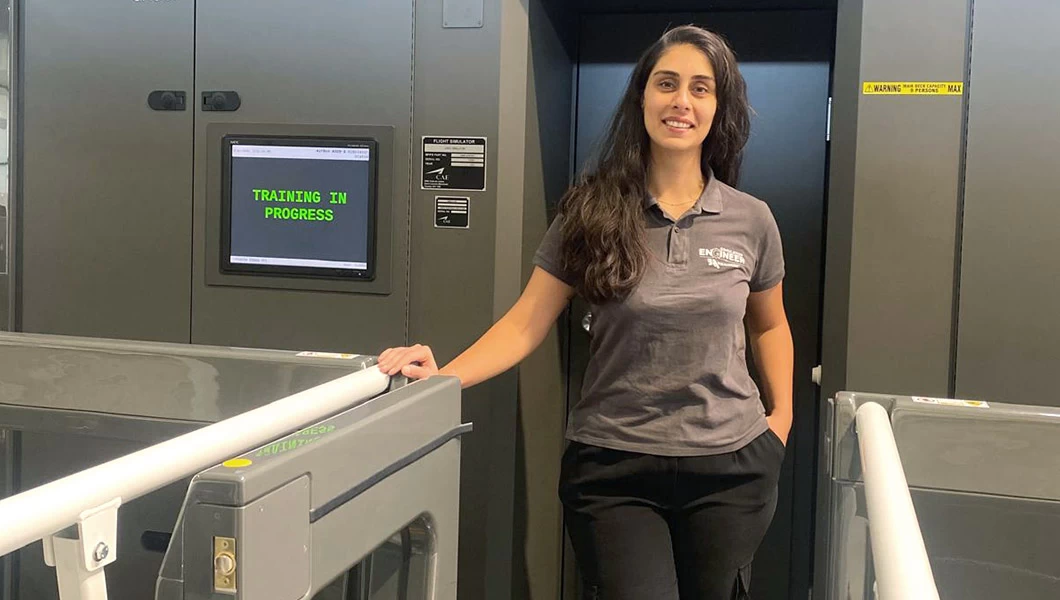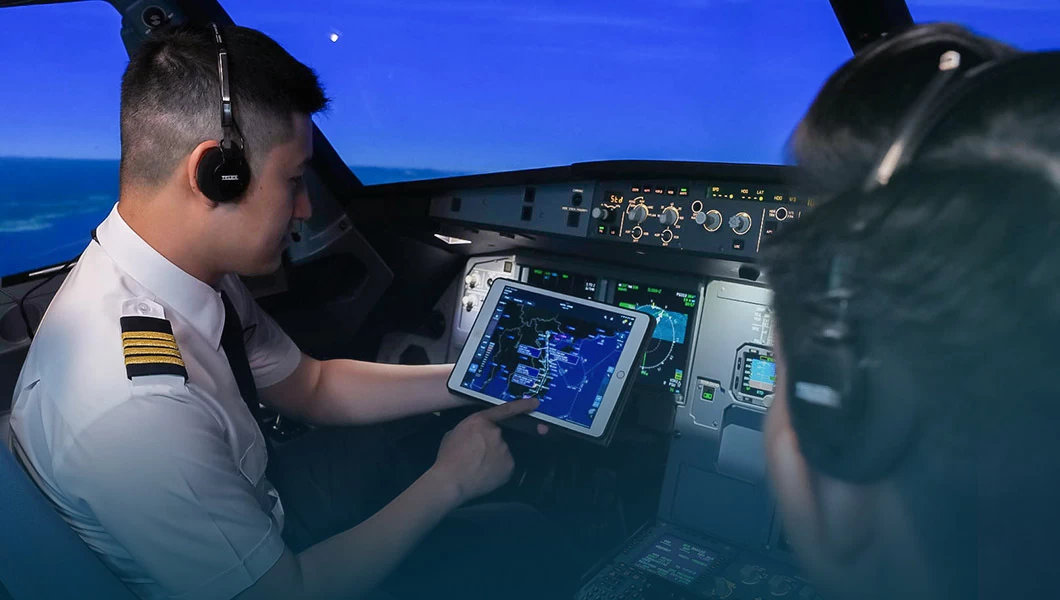Updated on March 13, 2025.
Prefer to listen? Press play to hear this article.
Behind the scenes, three critical speeds—V1, Vr, V2—guide pilots through this crucial phase. This ensures safety and performance even under pressure.
These speeds aren’t just numbers; they’re the result of careful calculations based on aircraft weight, runway length, weather, and more. Understanding these speeds is key to appreciating the delicate balance that makes a successful takeoff possible. Let’s dive into what V1, Vr, and V2 really mean and why they’re so essential for every flight.
What Is V1 Speed?
V1 is often called the “point of no return” for pilots—it’s the speed beyond which there’s no turning back, a takeoff decision speed. If something goes wrong before reaching V1, the pilot has the option to abort the takeoff and bring the aircraft to a safe stop. But once V1 is reached, the decision is made: the takeoff must continue, even if there’s a problem. At this point, stopping could be more dangerous than pressing forward.
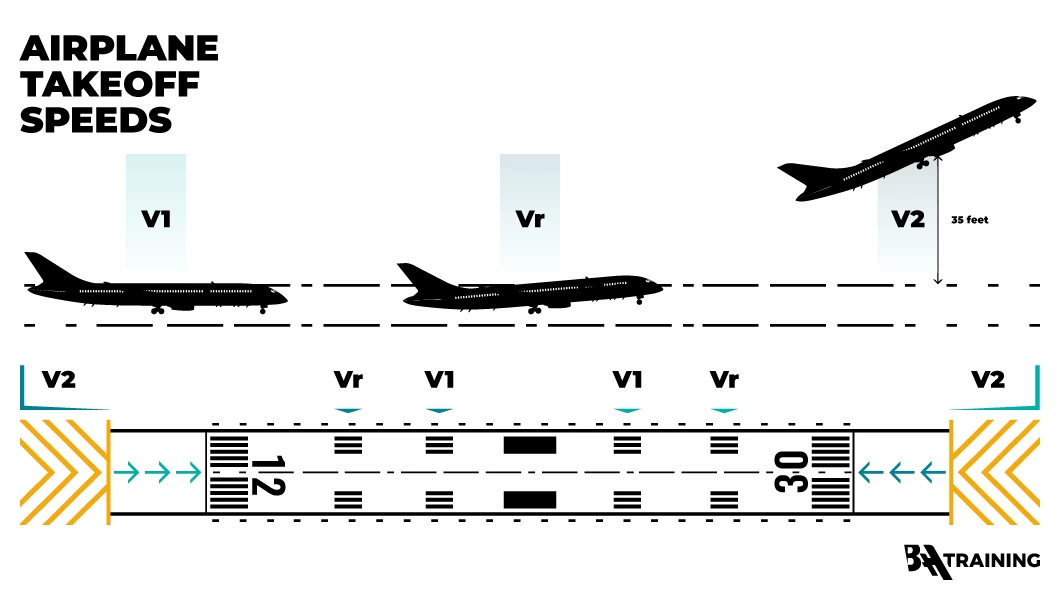
V1 isn’t a one-size-fits-all number. It’s calculated for each flight based on several key factors that influence the aircraft’s performance:
- Aircraft weight. The heavier the aircraft, the longer it needs to get up to speed, so V1 will be higher.
- Runway length. A longer runway gives pilots more room to accelerate and react, so V1 can be set higher on these runways.
- Weather conditions. Wind, temperature, and pressure all play a role. A headwind, for example, can help shorten the distance needed to reach V1, so it can lower the speed required.
- Runway conditions. Wet, icy, or otherwise slippery runways may increase the V1 speed to ensure the aircraft can stop safely if needed.
Ultimately, V1 is about weighing risk and making the call—whether to abort or continue with the takeoff. This careful balance of variables helps ensure that pilots are prepared for whatever challenges might arise during the high-stakes process of getting airborne.
What Is Vr Speed?
Vr or Rotate is defined as the speed at which the pilot begins to apply control inputs to make the aircraft nose to pitch up, after which it leaves the ground. The easiest way to memorize the rotation speed? It’s the point where the nose leaves the ground and vortexes are created at the wing tips, which rotate behind the aircraft. Moreover, the point where the main gear leaves the ground is the point where the aircraft has reached the Vlof—lift-off speed.
Similar ARTICLES
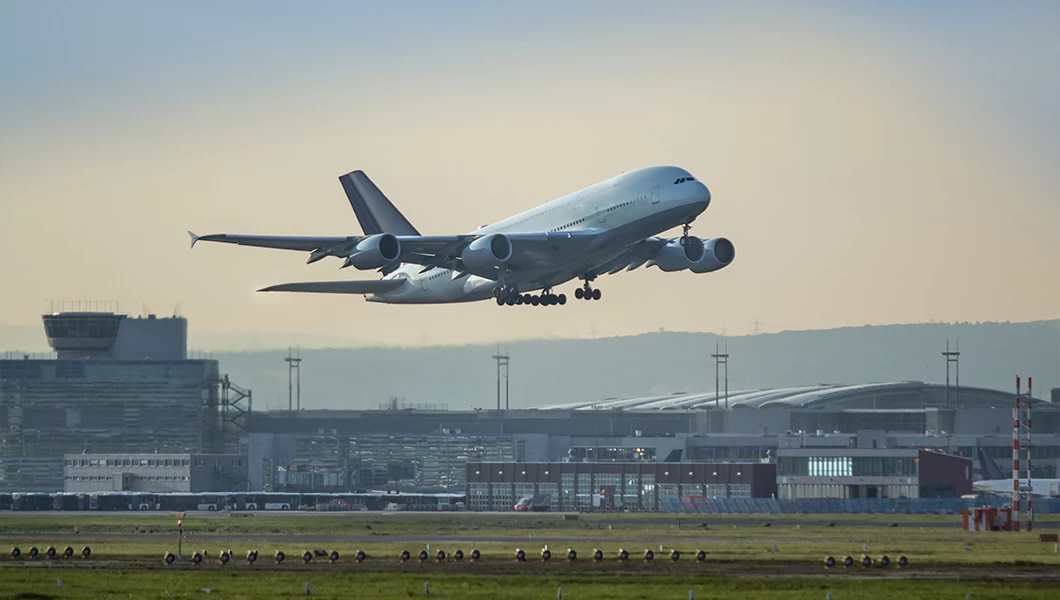
In larger aircraft, like the Boeing 747 or Airbus A380, the rotation can feel very different from that in smaller planes. The heavier the aircraft, the more gradual the back pressure needs to be to avoid overstressing the aircraft’s structure. The ideal rotation is smooth, controlled, and gradual, providing the optimal climb performance while ensuring the safety of everyone on board.
For instance, if a pilot rotates too early or too aggressively, it could cause an unwanted tail strike, particularly in aircraft with a higher angle of attack during takeoff. A late rotation, on the other hand, can reduce the aircraft’s climb performance and lead to a longer takeoff roll.
Think of Vr as the moment the plane truly takes flight, not just by speed but by the pilot’s skillful decision to transition from accelerating on the runway to leaving the ground behind. It’s one of the most critical steps in a successful takeoff.
Your PILOT CAREER
starts with a first click
What Is V2 Speed?
V2 is the speed at which the aircraft may safely climb with one engine inoperative. This speed is nicknamed a “take-off safety speed”. It is the speed an aircraft with one engine inoperative must be able to attain in order to leave the runway and get 35 feet off the ground at the end of the runway, maintaining a 200 ft/min climb thereafter. This is the lowest speed at which the aircraft complies with the handling criteria associated with a climb after take-off, followed by the failure of an engine.
V2 is essential in the event of an engine failure shortly after takeoff. If an engine fails during the initial climb, the takeoff safety speed ensures the aircraft can continue its ascent and avoid stall conditions, even with reduced power.
A higher V2 speed may be required for heavier aircraft, or if the runway is shorter, to maintain the climb performance required for safety. Like V1, V2 is a carefully calculated value, based on aircraft weight, runway length, and environmental factors. Pilots rely on precise calculations to ensure the aircraft has the necessary speed to safely continue the climb. It ensures a clear margin of safety in the event of an engine failure.
Bottom Line
Together, these speeds form the foundation of safe takeoff performance. It takes into account factors like aircraft weight, runway length, weather, and more. For pilots, knowing these speeds and how they are calculated is essential for ensuring safe and effective operations every time the aircraft takes to the sky.
